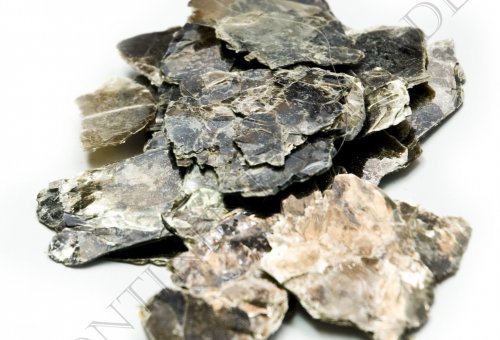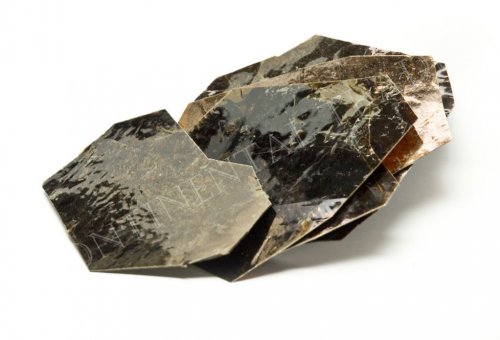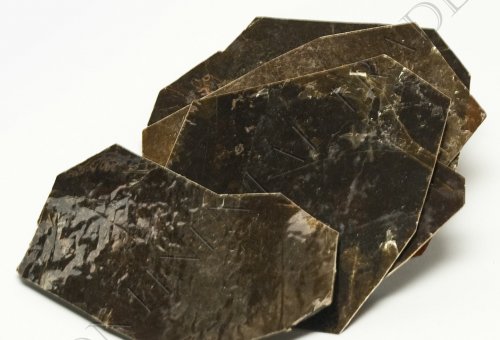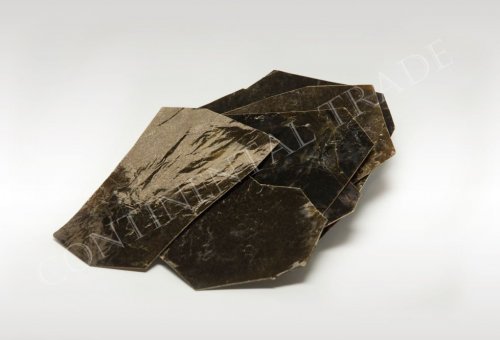Our offer
Phlogopite
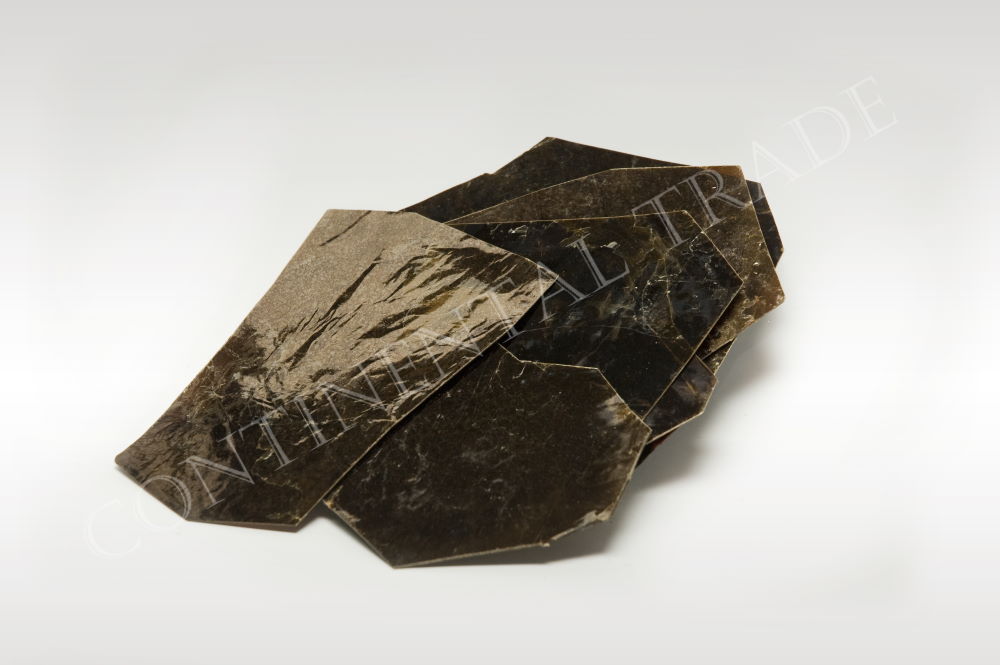
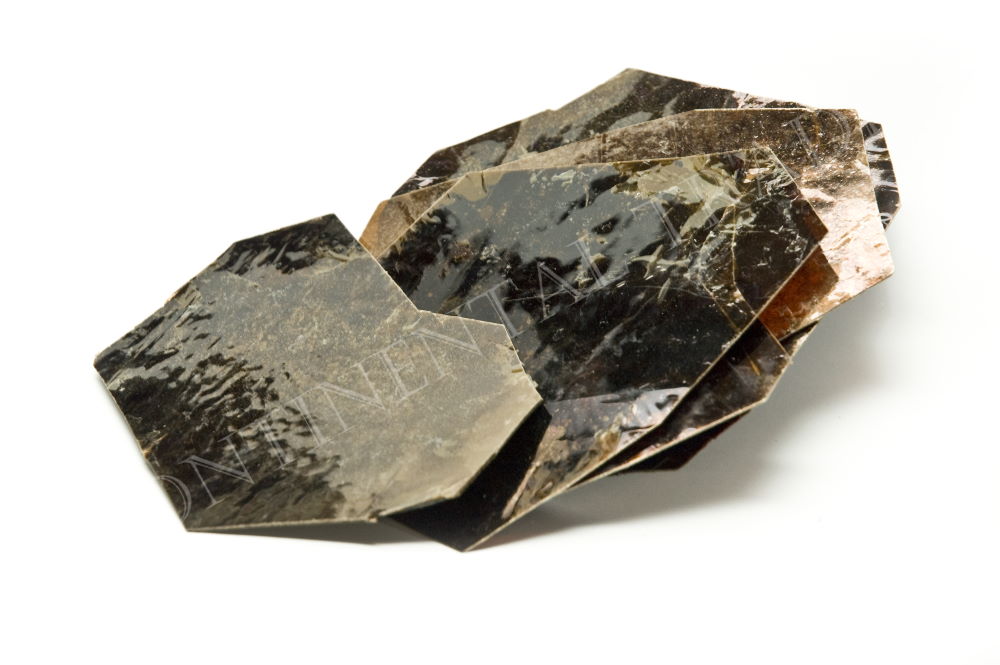
Phlogopite is a yellow, greenish, or reddish-brown member of the mica family of phyllosilicates. It is also known as magnesium mica or amber mica.
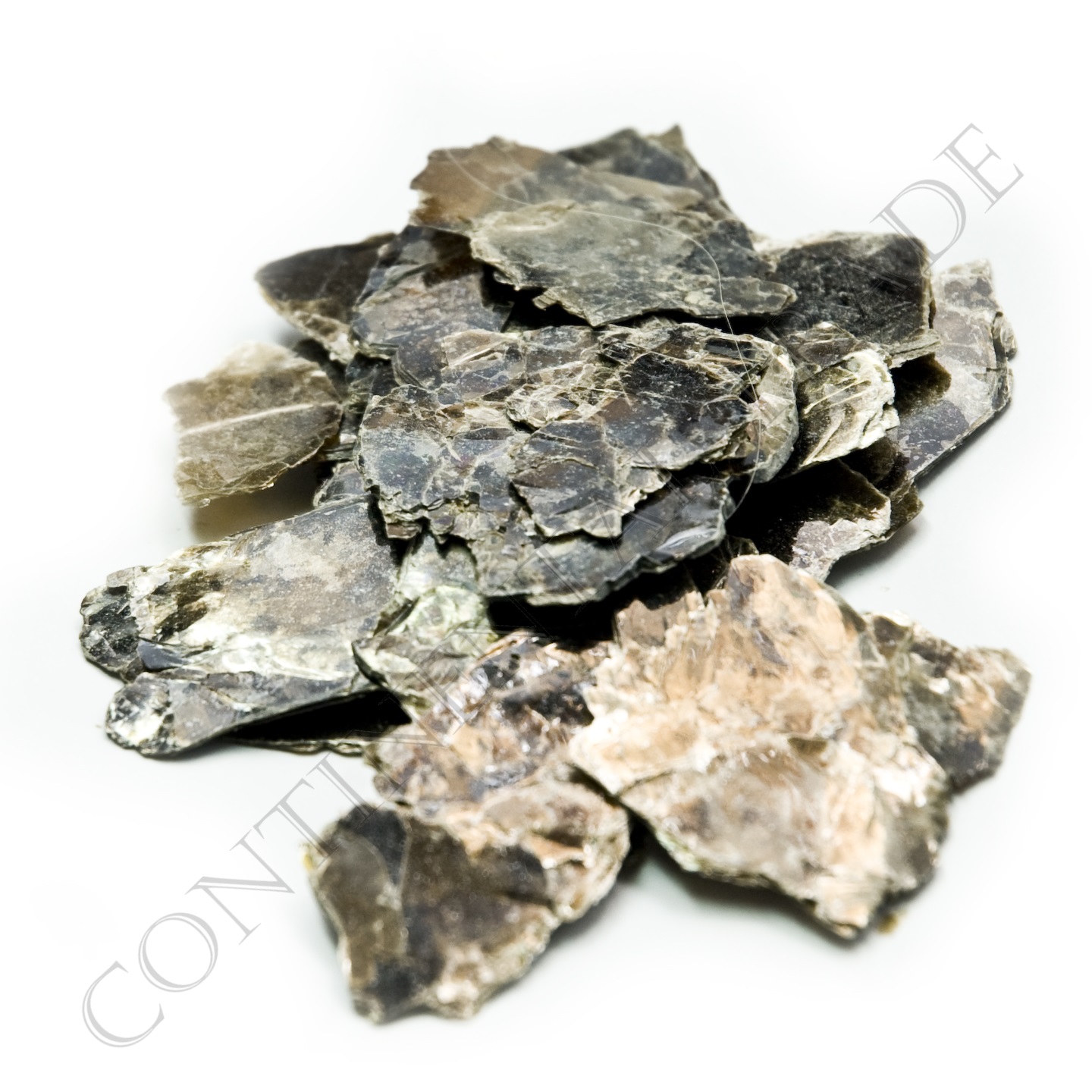 Chemical formula: KMg3(OH, F)2AlSi3O10 - Potassium magnesium aluminum silicate hydroxide
Chemical formula: KMg3(OH, F)2AlSi3O10 - Potassium magnesium aluminum silicate hydroxide
Crystal system - monolitic
Mohs scale hardness - 2,5 -3,0
Cleavage - perfect basal
Streak - white
Fracture - uneven, foliate
Specific gravity - 2,6 do 3,2 g/cm3
Color - brownish red, dark brown, yellowish brown, green, white
Luster - pearly, sometimes slightly metallic on cleavage surfaces
- mineral with outstanding properties as collector items
- is used in electronics,
- excellent electrical insulator
- after pulverization used as a non-stick surface coating on asphalt shingles and rolled roofing
- used as a filler in the chemical plant protection
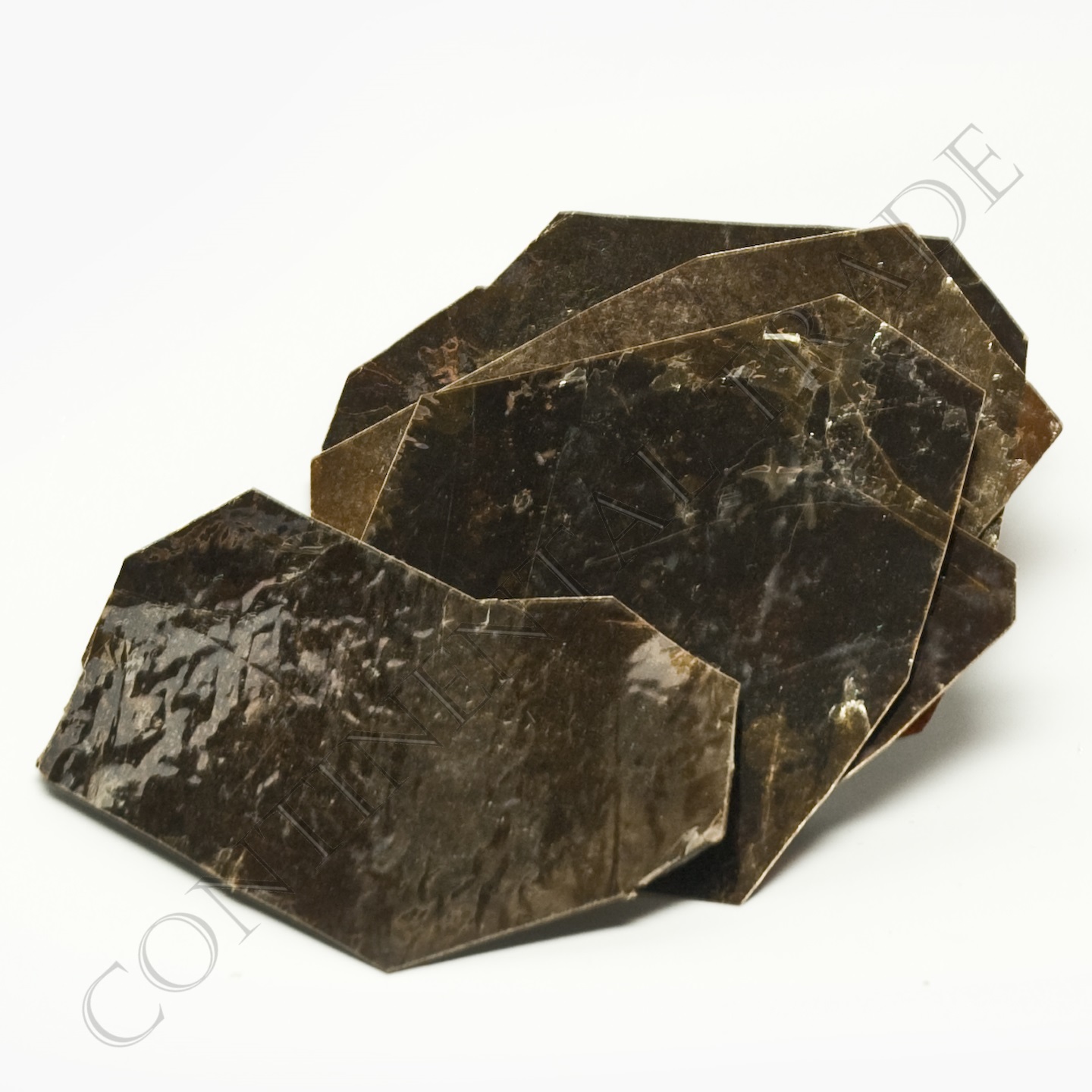 Phlogopite, also called Magnesium Mica, is typically light to dark brown in color and the dark brown variety may be difficult to distinguish from Biotite. Phlogopite is essentially a complex magnesium, aluminum, iron silicate. Which may show an asterism or six rayed star when a light source is viewed through a thin crystal. Caused, as in garnet, by iron inclusions.
Phlogopite, also called Magnesium Mica, is typically light to dark brown in color and the dark brown variety may be difficult to distinguish from Biotite. Phlogopite is essentially a complex magnesium, aluminum, iron silicate. Which may show an asterism or six rayed star when a light source is viewed through a thin crystal. Caused, as in garnet, by iron inclusions.
Phlogopite is common in dolomites and metamorphic limestones (magnesium rich marbles). Also in some pegmatites. Associated minerals are dolomitic marbles, hornblende, garnets and schorl.
Crystal habits include tabular to prismatic crystals with a prominant pinacoid termination. Phlogopite's four prism faces and two pinacoid faces can form a pseudo-hexagonal crystal which is also called a Book. It can also occur as lamellar or granular rock forming masses.
Calcination temperature of phlogopite mica is reached at about 800 C. Generally speaking, phlogopite mica is softer than muscovite mica and this for instance makes it more suitable for the manufacture of commutator micanite used in commutators of flush running designs.
Phlogopite mica is commonly called amber mica and varies in color from light silver to dark brown. Phlogopite mica has poor electrical properties and chemical resistance in comparison to muscovite mica.
Basic properties of phlogopite mica
| Characteristic | Unit | Value |
|---|---|---|
| Color | brownish red, dark brown, yellowish brown, green, white | |
| Density | g/cm³ | 2.6 - 3.2 |
| Hardness | Mohs | 2.5 - 3.0 |
| Tensile Strength | kg/cm2 | ~ 1 000 |
| Shear Strength | kg/cm2 | 1 000 - 1 300 |
| Compression Strength | kg/cm2 | - |
| Modulus of Elasticity | kg/cm2 | 1.4 - 2.1 |
| Coefficient of expansion per C *) | 30x10-6 - 60 x10-6 |
|
| Calcining Temperature | °C | 900 - 1 000 |
| Maximum Operating Temperature | °C | 800 - 900 |
| Thermal Conductivity *) | W/(m · °C) | ~0.419 |
| Water of Constitution | % | 3.0 |
| Moisture Absorption | very low | |
| Apparent Electric Strength (@ 25 - 75 µm thick) |
kV/mm | 115 - 140 |
| Permittivity (@ 15 °C) | 5 - 6 | |
| Power Factor (loss Tangent) @ 15 °C | 1 - 5 x 10-3 | |
| Volume Resistivity 25 °C | Ω·cm | 1x1012 - 1x1014 |
| Acid Reaction | Affected by H2SO4 |
*) Perpendicular to cleavage plan
| Chemical Composition | ||
|---|---|---|
| Silicon dioxide | SiO2 | 42.99% |
| Alumina | Al2O3 | 12.16% |
| Potassium oxide | K2O | 11.23% |
| Magnesium oxide | MgO | 28.84% |
| Loss on ignition | H2O | 2.15% |





